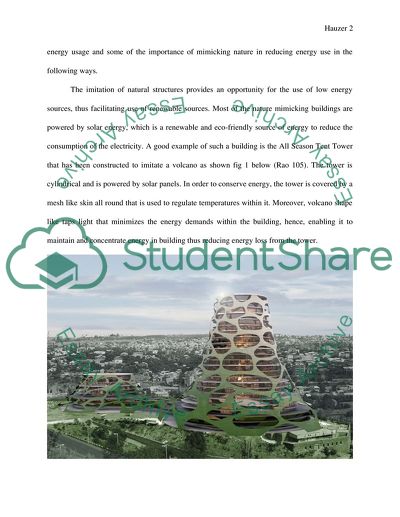Cite this document
(“Biomimicry Architecture Essay Example | Topics and Well Written Essays - 1750 words”, n.d.)
Biomimicry Architecture Essay Example | Topics and Well Written Essays - 1750 words. Retrieved from https://studentshare.org/architecture/1700766-biomimicry-architecture
Biomimicry Architecture Essay Example | Topics and Well Written Essays - 1750 words. Retrieved from https://studentshare.org/architecture/1700766-biomimicry-architecture
(Biomimicry Architecture Essay Example | Topics and Well Written Essays - 1750 Words)
Biomimicry Architecture Essay Example | Topics and Well Written Essays - 1750 Words. https://studentshare.org/architecture/1700766-biomimicry-architecture.
Biomimicry Architecture Essay Example | Topics and Well Written Essays - 1750 Words. https://studentshare.org/architecture/1700766-biomimicry-architecture.
“Biomimicry Architecture Essay Example | Topics and Well Written Essays - 1750 Words”, n.d. https://studentshare.org/architecture/1700766-biomimicry-architecture.


